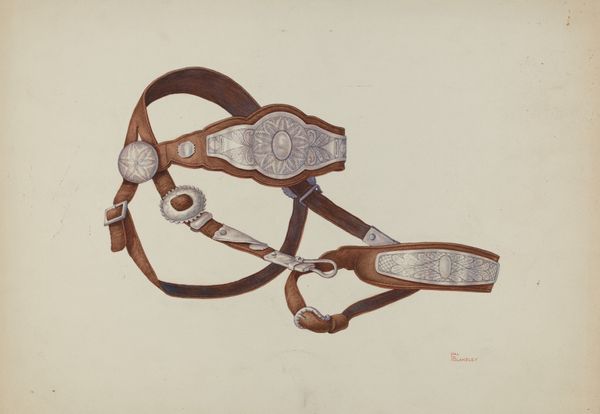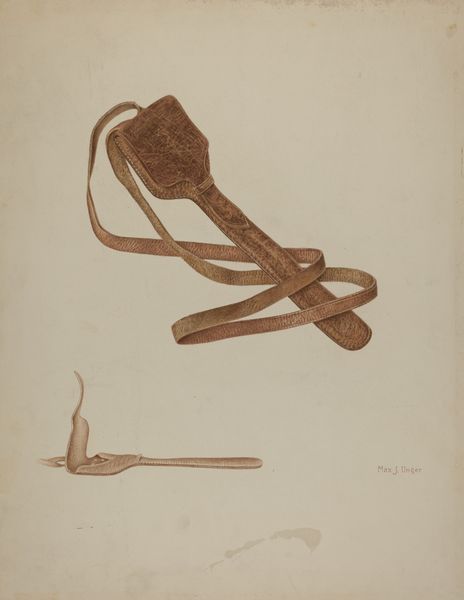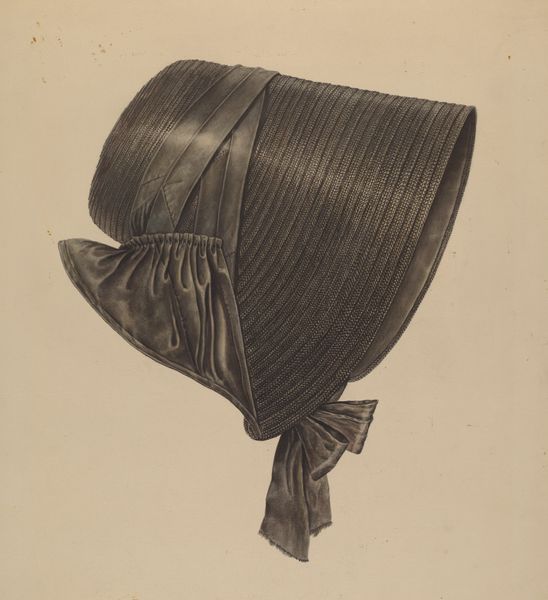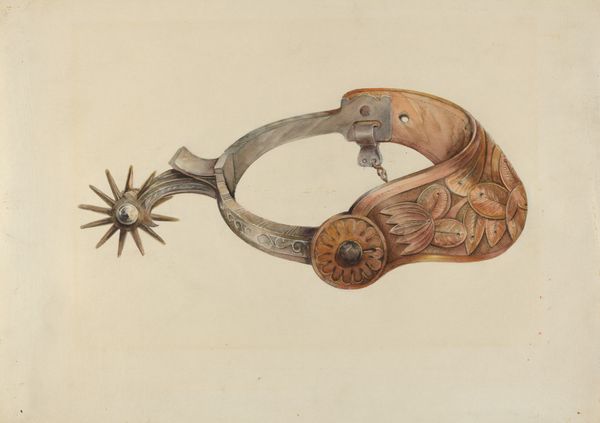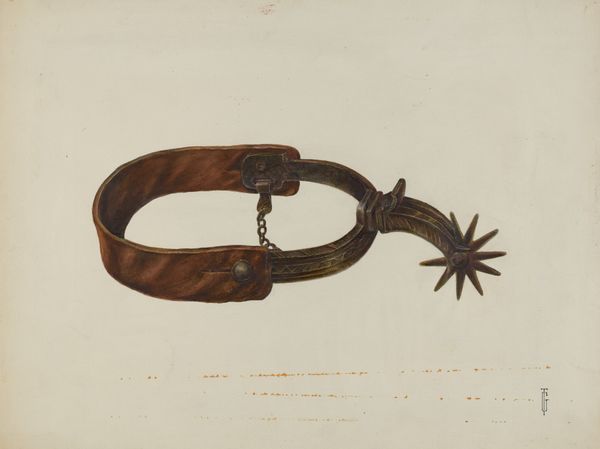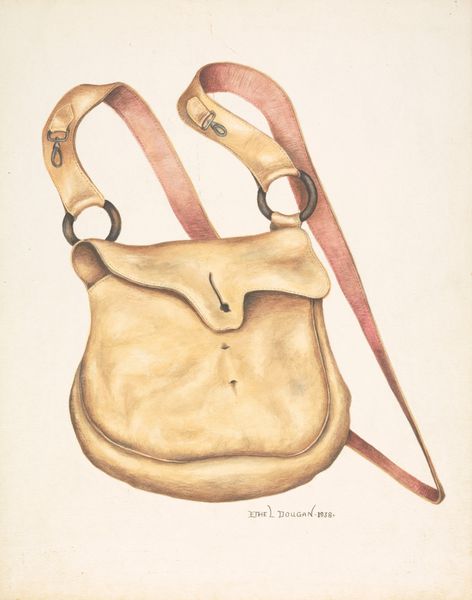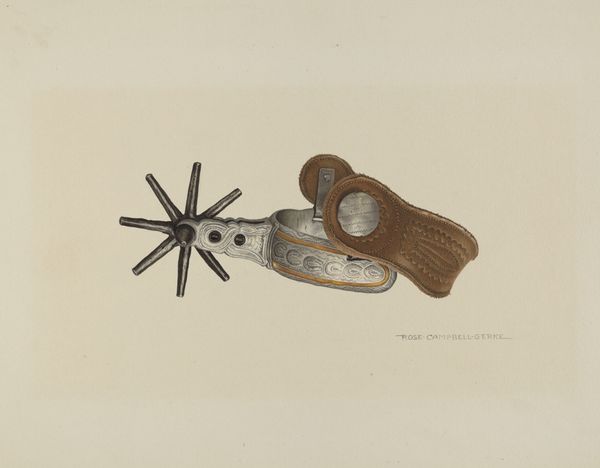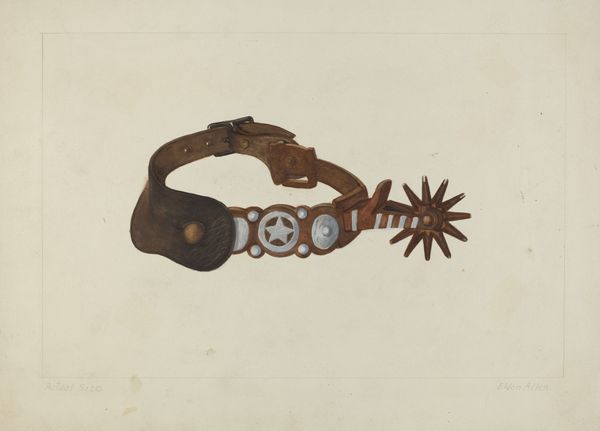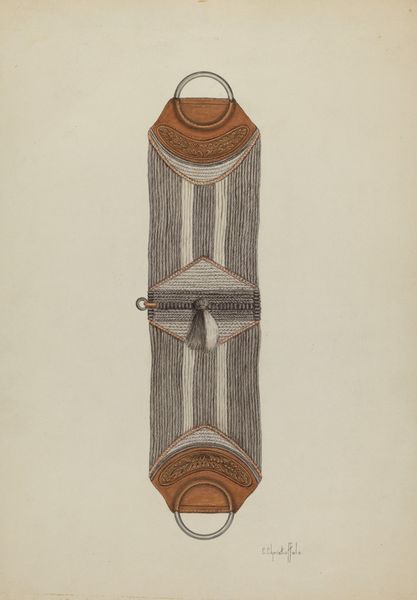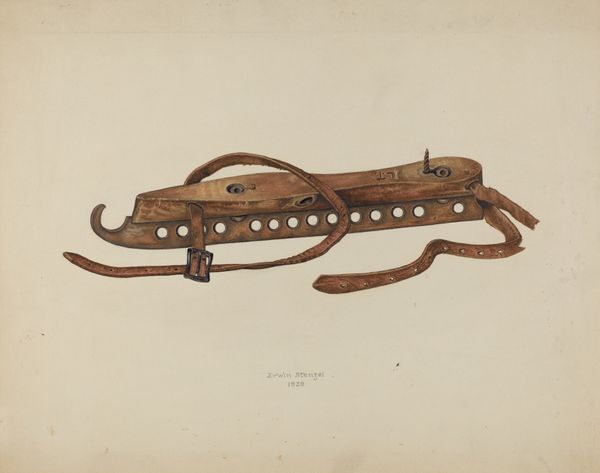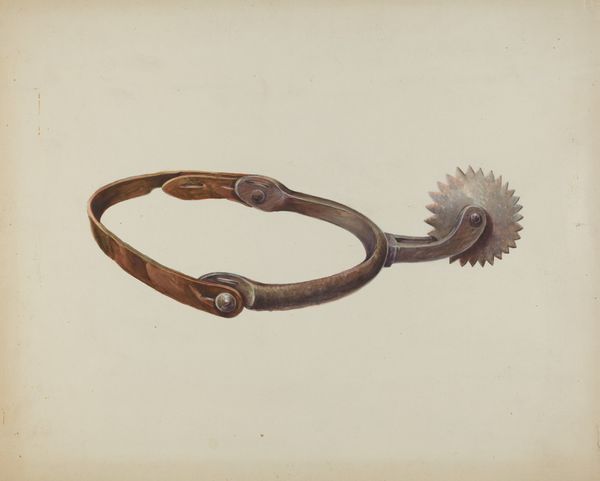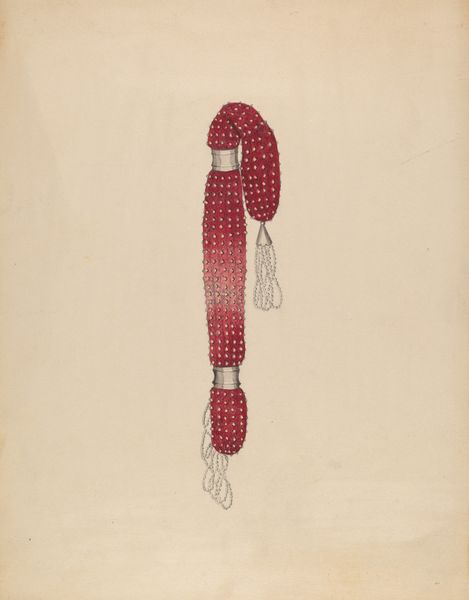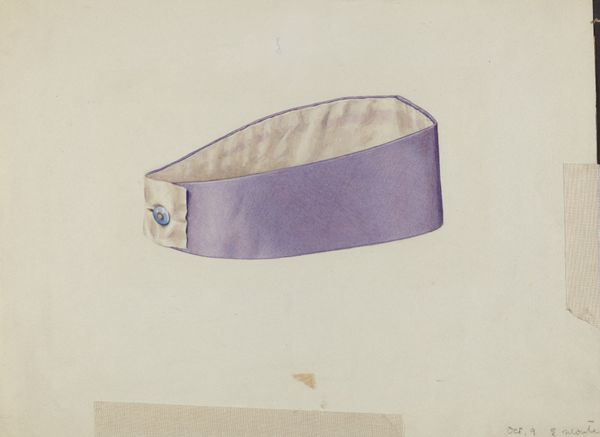
print, engraving
# print
#
geometric
#
abstraction
#
line
#
engraving
#
modernism
Dimensions: image: 23.5 × 26.04 cm (9 1/4 × 10 1/4 in.) sheet: 30.8 × 31.12 cm (12 1/8 × 12 1/4 in.)
Copyright: National Gallery of Art: CC0 1.0
Editor: Here we have M.C. Escher’s "Mobius Strip I" from 1961, an engraving that depicts what appears to be a continuous, twisting form. The use of line work to create the illusion of dimensionality is really striking, it’s so elegant in its deceptive simplicity. How would you approach an analysis of this piece? Curator: What captures my immediate attention is the artist's commitment to rigorous geometric forms. Let's consider how Escher achieves this. The Moebius strip, a one-sided surface, becomes a subject worthy of artistic contemplation. How does he communicate infinite and complex topological concepts through engraving? Observe the repetitive line work—it’s meticulously controlled, isn't it? Editor: It is! The lines define the curves and create depth. Do the colors add any formal element that may have a strong symbolic meaning in the composition? Curator: Precisely! Note how the shading varies within the engraving. The artist plays with our perception by using colors and gradations to subtly highlight the forms in different ways. This interplay serves to challenge our understanding of the structure's dimensional possibilities. It compels us to see a shifting perspective and conceptual paradox. Editor: So, by examining the lines, forms and shadings closely, we can start to see how Escher creates this tension between the real and the impossible. Curator: Precisely. What once seemed like an esoteric curiosity is now an interplay of color, form, and line expertly synthesized to question space itself. Editor: That's fascinating. It encourages a deeper appreciation for the artist's formal strategy and the impact it creates. Curator: Agreed. Studying Escher’s calculated composition lets us appreciate how abstract geometric themes become artistic challenges on a graphic plane.
Comments
No comments
Be the first to comment and join the conversation on the ultimate creative platform.
